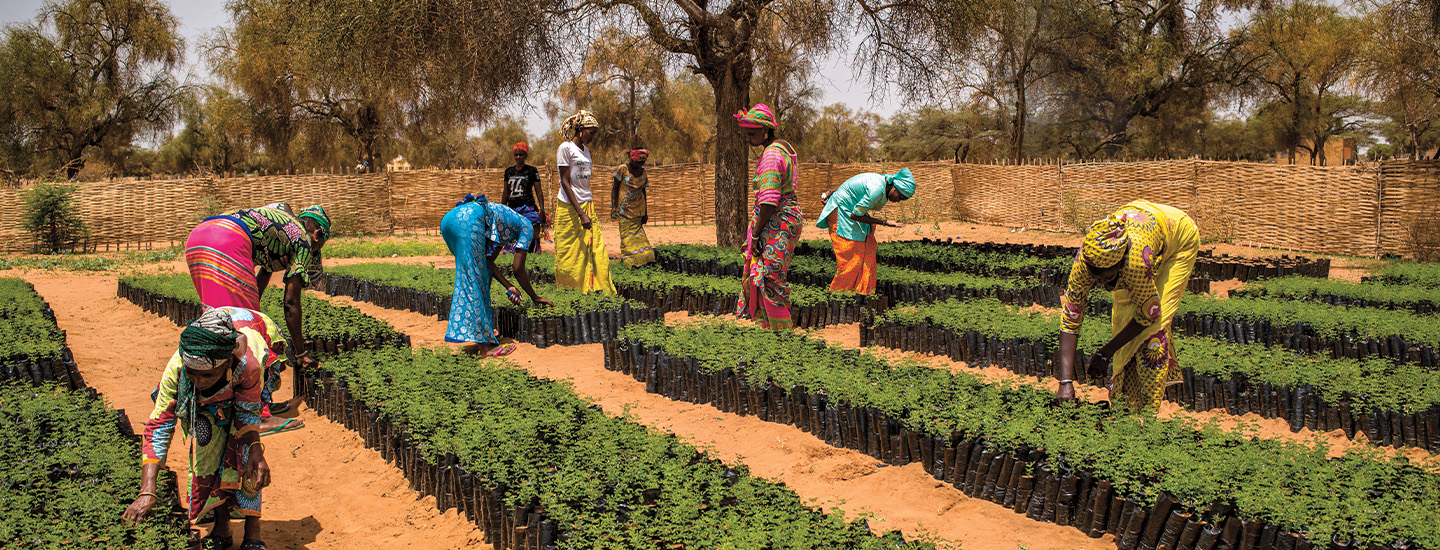During the past decade, Nomao Alkali’s land in Niger has been completely transformed. Where there were once acres of red rock desert, there is now fertile land—and a thriving farm. Alkali is able to grow crops of beans, millet, peanuts, and sesame.
“Nine years ago, the land was a disaster,” recalls Alkali. “If you put seeds in the ground, you would have almost nothing, the soil was so poor.”
During the past decade, Nomao Alkali’s land in Niger has been completely changed. Once there were acres of red rock desert. Now there is fertile land and a thriving farm. Alkali can grow crops of beans, millet, peanuts, and sesame.
“Nine years ago, the land was a disaster,” recalls Alkali. “If you put seeds in the ground, you would have almost nothing, the soil was so poor.”

